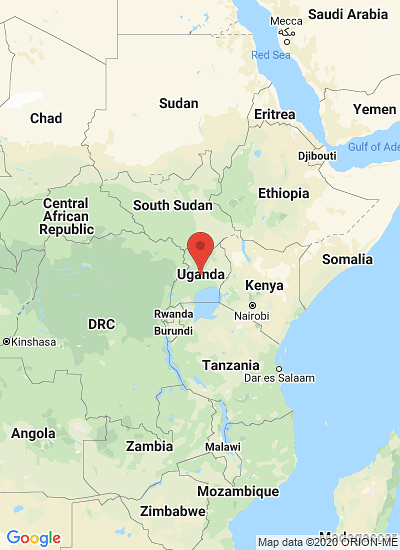A viral potato disease could jeopardise livelihood in a south western district of Uganda as crops quality and quantity have began dropping.
The virus is spread by insect vectors and through human contact from plant to plant. The virus can also be transmitted from tuber plants from one season to another.
Symptoms of the disease include curling of leaves, mosaic, retarded growth and poor yields. Potatoes are widely grown throughout Uganda, but the main production is concentrated in areas with elevations of 1,500- 3,000 meters above sea level (masl).
Potato farmers in Uganda have traditionally obtained their seed through methods that help to promote the spread of bacterial wilt, a devastating disease that is found in contaminated seed and soil.
According to Consultative Group in International Agricultural Research, CGIAR, potato farmers in the Kabale district, which accounts for 40% of Uganda’s potato production, high population density and small average landholding causes farmers to practice less productive crop rotation and fallow techniques. As a result, soil fertility is diminished and diseases such as bacterial wilt and late blight spread more easily.
The virus is spread by insect vectors and through human contact from plant to plant. The virus can also be transmitted from tuber plants from one season to another.
Symptoms of the disease include curling of leaves, mosaic, retarded growth and poor yields. Potatoes are widely grown throughout Uganda, but the main production is concentrated in areas with elevations of 1,500- 3,000 meters above sea level (masl).
Potato farmers in Uganda have traditionally obtained their seed through methods that help to promote the spread of bacterial wilt, a devastating disease that is found in contaminated seed and soil.
According to Consultative Group in International Agricultural Research, CGIAR, potato farmers in the Kabale district, which accounts for 40% of Uganda’s potato production, high population density and small average landholding causes farmers to practice less productive crop rotation and fallow techniques. As a result, soil fertility is diminished and diseases such as bacterial wilt and late blight spread more easily.








